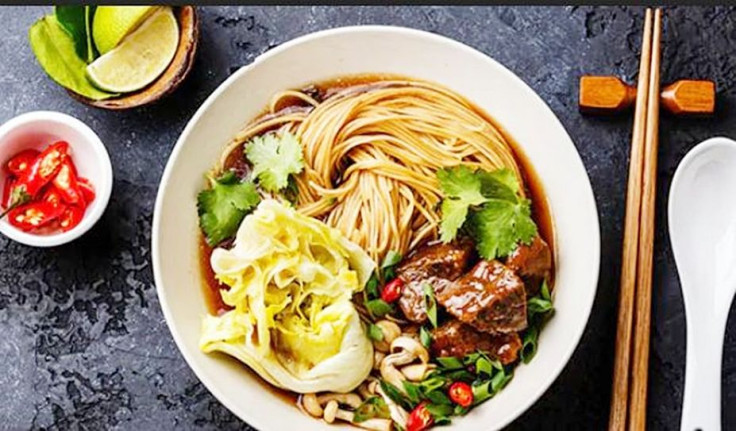Okinawa Diet: What Is It And What Are Its Health Benefits?

When we talk about the Okinawa diet, which is that very healthy diet that boosts life expectancy while reducing vulnerability to heart attacks, we normally refer to the traditional diet that started in the 1960s.
At the time and in the decades prior, the traditional Okinawa diet was truly healthy. It ideally consisted of 30 percent green and yellow vegetables. The traditional Okinawa diet only has 30 percent of the sugar and 15 percent of the grains consumed by the average Japanese.
The traditional Okinawa diet is low in calories and fat but high in carbs. It emphasizes vegetables and soy products taken with small amounts of noodles, rice, pork and fish.
In percentages, that’s 85 percent carbs, 9 percent protein and 6 percent fat, including 2 percent saturated fat.
The staple food in the Okinawa diet isn’t rice but the purple-fleshed Okinawan sweet potato. Unlike the Japanese that consume oodles of rice, the traditional Okinawa diet consists of smaller servings of rice.
The traditional diet also includes a small amount of fish (less than half a serving per day) but more in the way of soy and other legumes. Pork is highly valued but is eaten very rarely.
Studies have shown that an Okinawan reaching 100 years of age typically had a diet consistently averaging about one calorie per gram of food. This person also had a BMI of 20.4 in early adulthood and middle age.
The traditional Okinawa diet conferred high life expectancy and low mortality from cardiovascular disease and certain types of cancers. An American study released in 2007 showed that in 1995, an average Okinawan was 8 times less likely to die of coronary heart disease, 7 times less likely to die of prostate cancer, 6.5 times less likely to die of breast cancer and 2.5 times less likely to die of colon cancer compared to an average American of the same age.

Published by Medicaldaily.com



























